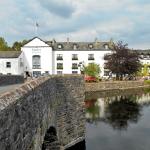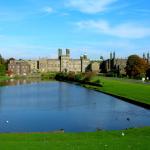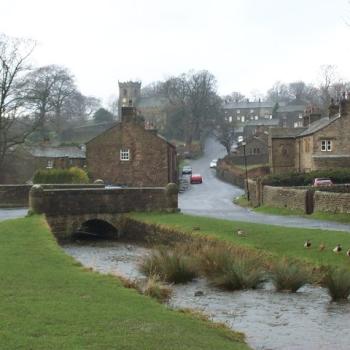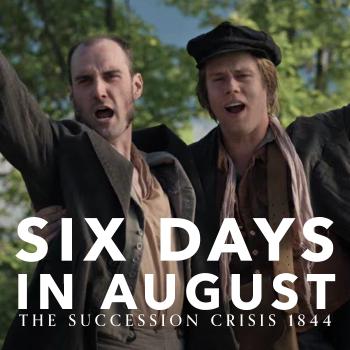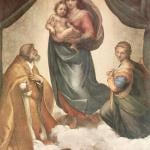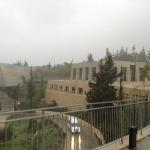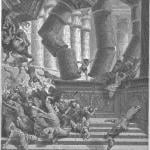
Two new articles went up today on the website of the Interpreter Foundation:
“The Holy Ghost in the Book of Moroni: Possessed of Charity,” written by Newell D. Wright and Val Larsen
Abstract: The role played by the Holy Ghost is an especially important connecting thread that runs through the Book of Moroni. The book illuminates the various ways in which the Holy Ghost transforms fallen human beings into redeemed members of the kingdom of God. Three phrases — “cleave unto charity,” “possessed of it,” and “that ye may be filled with this love” — are particularly revelatory of the role the Holy Ghost plays in our exaltation. But the positive process illuminated by these phrases has an obverse. Those who reject the Holy Ghost cleave to and are possessed of Satan. They are filled with his hatred. Though his message is primarily positive, Moroni has witnessed and describes what happens to those who reject the influence of the Holy Ghost.
“Interpreting Interpreter: The Ghost of Moroni,” written by Kyler Rasmussen
This post is a summary of the article “The Holy Ghost in the Book of Moroni: Possessed of Charity” by Newell D. Wright and Val Larsen in Volume 57 of Interpreter: A Journal of Latter-day Saint Faith and Scholarship. An introduction to the Interpreting Interpreter series is available at https://interpreterfoundation.org/interpreting-interpreter-on-abstracting-thought/. The Takeaway: Wright and Larsen discuss what each chapter in Moroni has to teach us about the Holy Ghost, with an emphasis on its transformative power, and on the path we’ll walk if we don’t take advantage of that power.

We started relatively late this morning, at 9 AM, and drove along Lake Windermore, through Rydal, to Grasmere, where we spent our time visiting Dove Cottage — in which the poet William Wordsworth and his sister Dorothy lived, and where, eventually, Mary Hutchinson joined them as his wife and the mother of his children — and the quite well done Wordsworth Museum, which is, if I’m recalling things correctly, much improved since our last visit. The Wordsworths come across as pleasant and attractive people. After we finished at the Wordsworth buildings, which could definitely sustain a longer visit, we visited the Wordsworth graves at St. Oswald’s Church and then had lunch in town.
Wordsworth is quite deservedly popular among Latter-day Saints, but, alas, he didn’t return the favor. Not, at least, during his lifetime. Having first taken — in Wordsworth’s own phrase — “a Methodistical turn,” a niece of his wife’s joined the Latter-day Saints, following “that wretch” (Joseph Smith, presumably) and emigrated to America. In 1846, the aging Wordsworth wrote to his American publisher seeking information about the group that she had joined: “Do you,” he asked, “know anything of a wretched set of Religionists in your Country, Superstitionists I ought to say, called Mormonites or Latter-day Saints?”
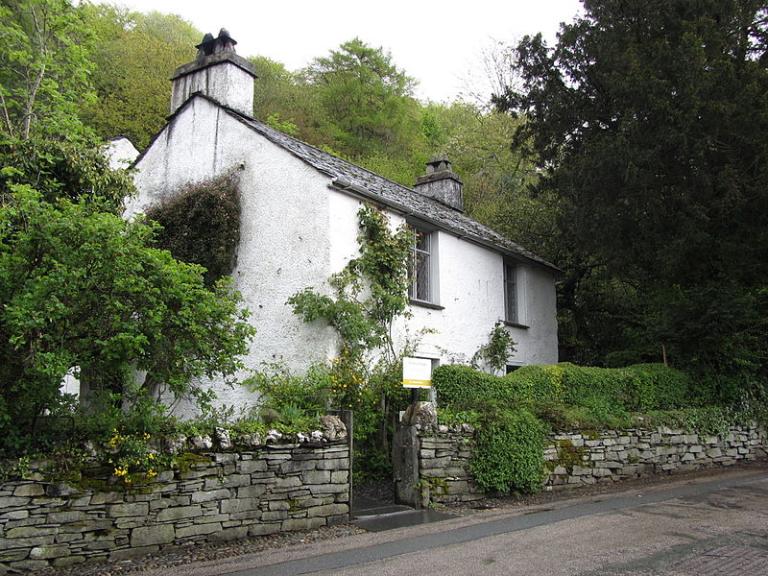
I don’t bear a grudge against Wordsworth for his negative opinion of the Latter-day Saints. After all, he seems to have known nothing, or virtually nothing, about them — except hostile rumor and popular prejudice. And the same was true for Mr. Reed, his American publisher: ““I know nothing of those wretched and wicked fanatics,” Mr. Reed wrote in reply, labeling Joseph Smith, an “Imposter.” As it happens, Wordsworth’s niece, Margaret Hutchinson, had gathered with the Saints in Nauvoo and then, during the westward exodus, had died at Winter Quarters. (See “The Famous Writer Mormons Love Who Didn’t Love Us.”)
In 1877, though, in the newly dedicated St. George Temple, Wilford Woodruff was baptized for many of the founders of the United States and for other eminent men and women — including William Wordsworth and Mary Hutchinson Wordsworth. (He and others may have even seen them in vision.) So we can hope that, now, the great poet knows better and has accepted the Gospel. There are certainly elements of the doctrine of the Restoration that should have immediately resonated with him when he heard them — which is why his poetry has often resonated with Latter-day Saints.
Leaving Grasmere, we drove to the area of Milnthorpe, in Westmorland (now part of Cumbria), where John Taylor (1808-1887), future apostle and third president of the Church of Jesus Christ of Latter-day Saints, was born and where he lived until he emigrated to Toronto, Canada, in 1832. Specifically, we visited the home of James and Agnes Taylor, his parents, which still stands in the nearby village of Hale, and the King’s Arms Inn (now The Tavern at Hale), which his parents may also have owned. During his boyhood in England, John Taylor is said to have had a vision of “an angel in the heavens, holding a trumpet to his mouth, sounding a message to the nations” — which he apparently later identified as the angel Moroni.
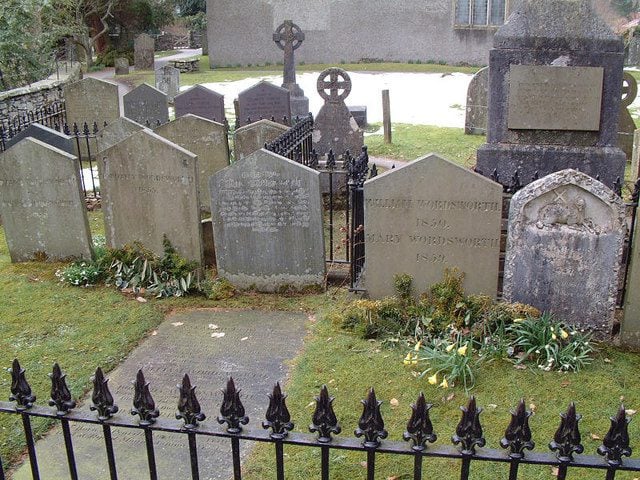
A few days back, I posted a blog entry that I called “Fidelity Month.” I now offer a follow-up on that same topic: “From Isolation to Integration: A Professor’s Plea for Fidelity Month: Can a ‘Fidelity Month’ revive societal values and mend our disconnected world? Discover the compelling vision of renowned scholar Robert P. George.”
I found this worrisome little item from the Wall Street Journal in close proximity to the Christopher Hitchens Memorial “How Religion Poisons Everything” File™: “Is Religion Good for Your Health? Studying the health benefits of religious activity involves special challenges, and researchers are developing new methods to meet them”
We woke up this morning to extraordinarily welcome news regarding our “Six Days in August” film project. The news was quite a surprise, and it made today a very pleasant day indeed. I’m excited, too, about the way the script is evolving. The game is afoot!
Posted from Chipping, Preston, Lancashire, England


